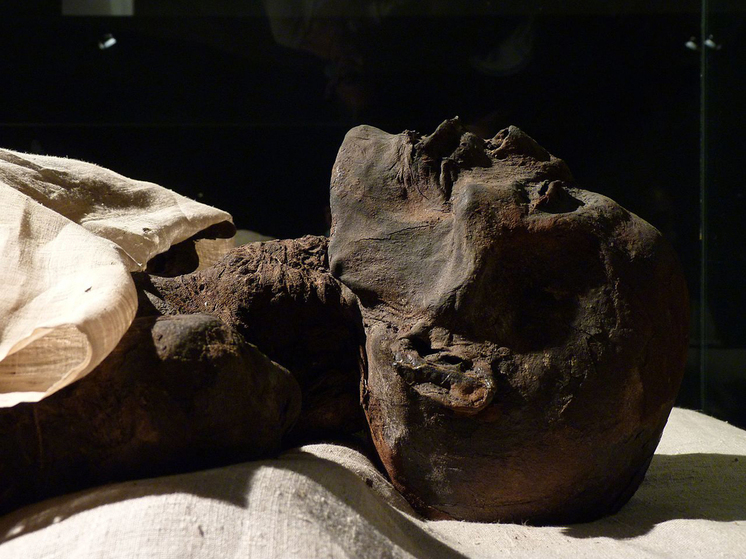In the past, medicine tried to find ways to fight cancer using injuries
The ancient Egyptians were amazingly advanced people in the field of medicine – so famous for their skills and knowledge that scientists study thousands of years later. But there were some diseases that the Egyptians fought with all their might, — cancer.

Archaeologists have new evidence that the ancient Egyptians suffered from cancer. Two skulls, now housed in the Duckworth Collection at the University of Cambridge, show evidence of cancer and other damage, and attempts to treat it.
«This find provides unique evidence of how ancient Egyptian medicine tried to combat with cancer more than 4 thousand years ago, — says paleopathologist Edgard Camaros. — This is a completely new perspective on our understanding of the history of medicine.»
Both skulls showed signs of cancer, but each, after careful microscopic and computer analysis, tells very different stories.
Skull number 236 belonged to a man who lived in Ancient Egypt sometime between 2687 and 2345 BC. He died in his early 30s and had about 30 lesions on his skull, indicating metastatic carcinoma.
Most of these injuries are relatively small, but some are noticeably larger, including a dime-sized dent caused by a cancerous tumor destroying tissue on the top of the man's skull.
When the researchers took a closer look at the growths, they noticed something unusual. There are traces of cuts along the edges, as if an ancient surgeon was trying to remove the tumors with a metal instrument. These incisions show little to no signs of healing, indicating that they were made around the time of death, for example according to forensic examinations.
«It appears that the ancient Egyptians performed some kind of surgical interventions related to the presence of cancer cells, — says orthopedic surgeon Albert Isidro. — This proves that ancient Egyptian medicine also conducted experimental treatments or medical research related to cancer.»
Another skull, number E270, from the Duckworth collection belonged to a woman who lived between 663 and 343 BC. When she died, she was over 50. The first thing the researchers noticed — This is a large formation located in the upper part of the skull between the right frontal and parietal bones. This damage may indicate osteosarcoma or meningioma.
But there are other healed marks on the skull. She has a large wound above her left eyebrow, caused by a blow from a sharp object. Experts say someone appears to have hit her on the head with a sharp object. And a little further, on the left side of the top of her head, she has an injury caused by a blow with a blunt object.
«Did this woman participate in any military operations? — asks archaeologist Tatiana Tondini. — If this is true, then we must rethink the role of women in the past and how they took an active part in conflicts in ancient times.»
Although the cause of death of both patients cannot be determined with certainty, the advanced stage of cancer in both cases indicates an association with mortality that cannot be ignored. Although the ancient Egyptians attempted treatment, a cure remained elusive.
«We wanted to learn about the role of cancer in the past, how common the disease was in ancient times, and how ancient societies interacted with this pathology,&mdash ; concludes Tondini. — We see that although the ancient Egyptians were able to treat complex skull fractures, cancer was still a cutting edge medical achievement.


